We may receive a commission when you use our affiliate links. However, this does not impact our recommendations.
If you ever hear a criticism of the pioneering work of Karl Holtey it’s that his planes are “too perfect” or “lack a soul.” I’ve always been a little befuddled by these comments because I have used a good number of planes that have no soul by the likes of Harbor Freight, late-model Stanleys and other Far East makers.
These “planes,” which can only be called by that word because it is printed on the blister pack, are made with little regard to whether they will actually work or not. The person behind these objects was clearly just trying to manufacture a thing at a certain price with no regard for the user. They are a huge waste – of raw material, human effort and your money.
Instead of buying this, I recommend you simply burn the $14.99. At least you will get a few moments of warmth from the fire.
Holtey’s planes are the opposite of these zombie tools. Take a few minutes to read his blog and you will be humbled by the extremes the man goes to in order to achieve his aims. Just making the lever cap for his final plane – the No. 984 Panel Plane – is a wonder.
Is all this necessary to make a plane that will flatten wood? No. Do his planes work 1,000 times better than a Lie-Nielsen or Veritas? Of course not. This and this used about the same amount of paint. Both hang on a wall. Both make you think of Jesus. But are they the same thing?
For the last month I’ve been using a Holtey No. 984 that was loaned to me. I don’t review tools anymore, so this isn’t a review. But I would like to say something that sometimes gets lost when people talk about Holtey’s work. First and foremost, the No. 984 is a tool, and an extraordinary one at that.
I’ve used a great number of fancy-looking tools that were first art objects and also had some tool-like functions. To prove my point (to myself), I’ve been using this panel plane like a rented mule. I’ve sharpened it several times and put it to work doing grunt work on oak, ash and pine. Taking heavy shavings and thin ones. Processing stock.
(Note to the owner: I haven’t dinged it. It will look pristine when it is returned.)
As I have found with all of Holtey’s planes, they just shrug at the hard use. Perhaps it’s rare for these planes to be taken out behind the woodshed, but they are designed to be the best daily user you’ve ever had. Not a show pony or (as we say in the car restoration hobby) a “trailer queen.”
The parts slide together like you are working the lock on a bank’s safe. The adjuster moves confidently and might be the only Norris-style adjuster that I really like. Even the acrylic handles, which are a bit showy for my taste, are comfortable even after many hours of use. And no, they aren’t slippery.
So don’t buy into the trope that Holtey’s planes are “jewelry.” It’s a disservice to the engineering that makes his planes the high-water mark of the craft. They are tools, and they rank among the finest I’ve ever used.
— Christopher Schwarz
Read Kieran Binnie’s profile of Karl Holtey here.
Here are some supplies and tools we find essential in our everyday work around the shop. We may receive a commission from sales referred by our links; however, we have carefully selected these products for their usefulness and quality.



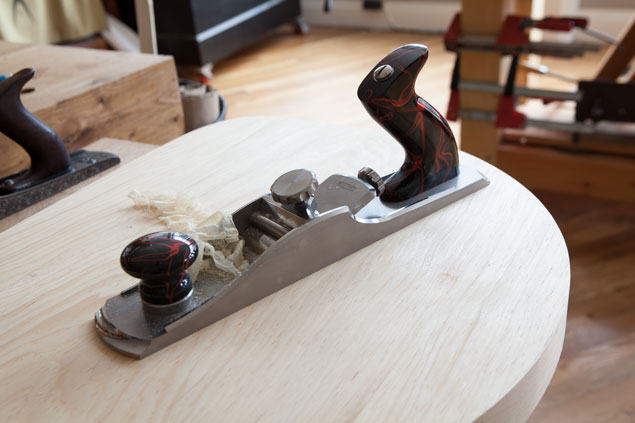
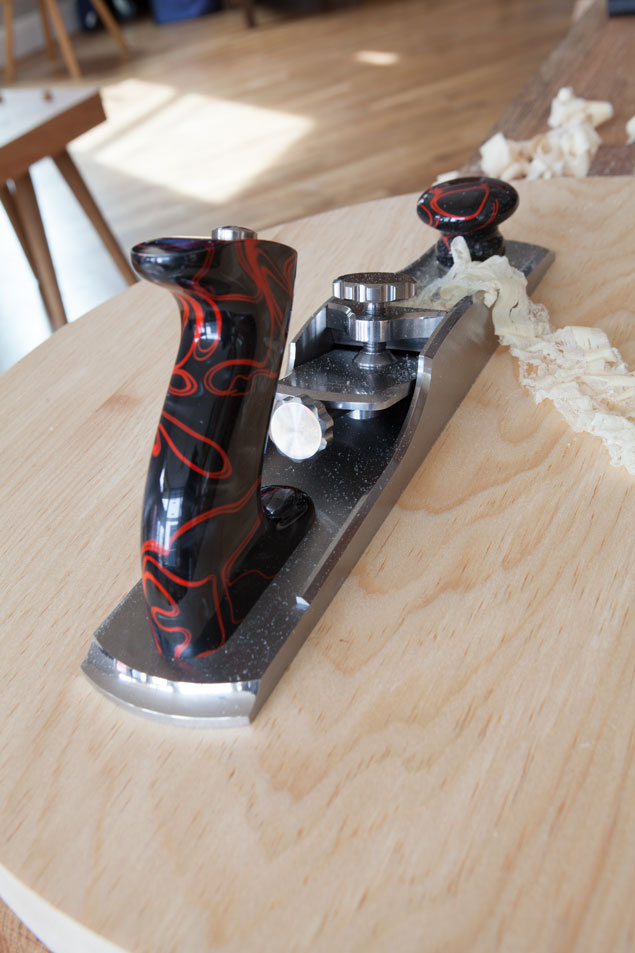
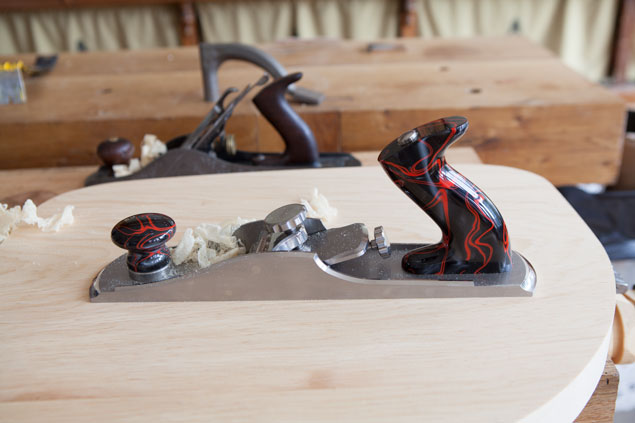
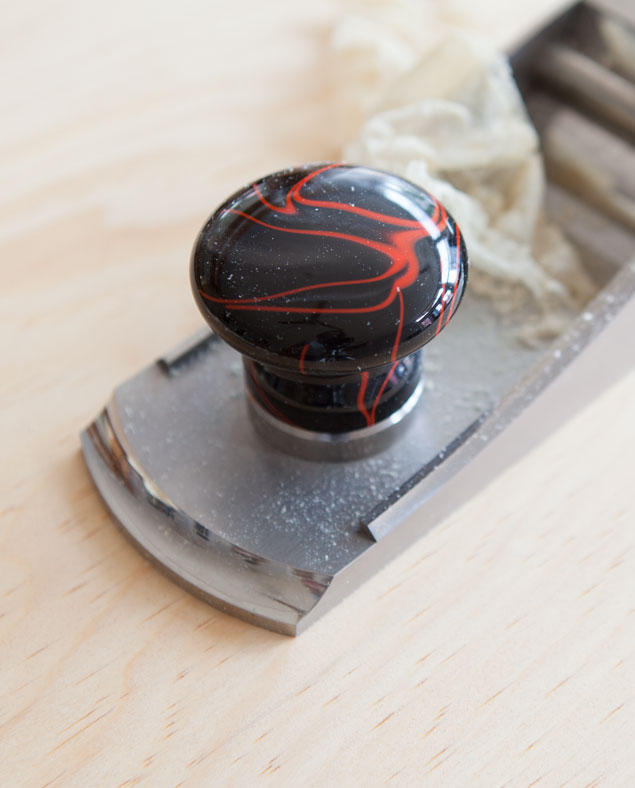





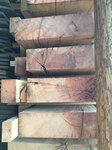
As an owner (and user) of that HF boat anchor, I must interject. As a specialty tool it works wonderfully. I have a moderate camber ground into mine and I use it exclusively for removing paint from salvaged boards. Its primary purpose is to prevent my feeling bad for inflicting such an indignity on one of my beloved vintage planes or my self-made woodies. Call it a sin-eater, if you will.
It’s a wonderful world, even the $15 ‘this’ got 77 reviews ending with 4 stars.
Understanding that Mr. Holtey’s work is par excellence, it’s the cost-benefit that eludes me. Indeed, if I were a working pro and successful enough to warrant such splurges in outlay for tools, I’d do it. But then again, I’d also have one of each of Mr. Economaki’s too. And Mr. Coleton. AND a set of matched material H.N.T. Gordon’s too. Ah, love…
Thanks for the envy-inducing account, Chris!
Holtey’s #98 has a 22.5 degree bed angle and the 984 has 17 degrees. I continue to wonder why L-N and LV continue to make their bevel-up bench planes with 12 degree beds, which require, for example, a 43 degree honing angle to create a 55 degree attack angle. That makes the blade harder to sharpen, the edge does not seem to last as long, and probably increases the resistance in the cut.
Karl Holtey’s knowledge of plane mechanics must be unequaled, and I wish L-N and LV would take after him in this regard. (But not for the handle art.) It’s interesting that my L-N #9 miter plane has a 20 degree bed.
Rob